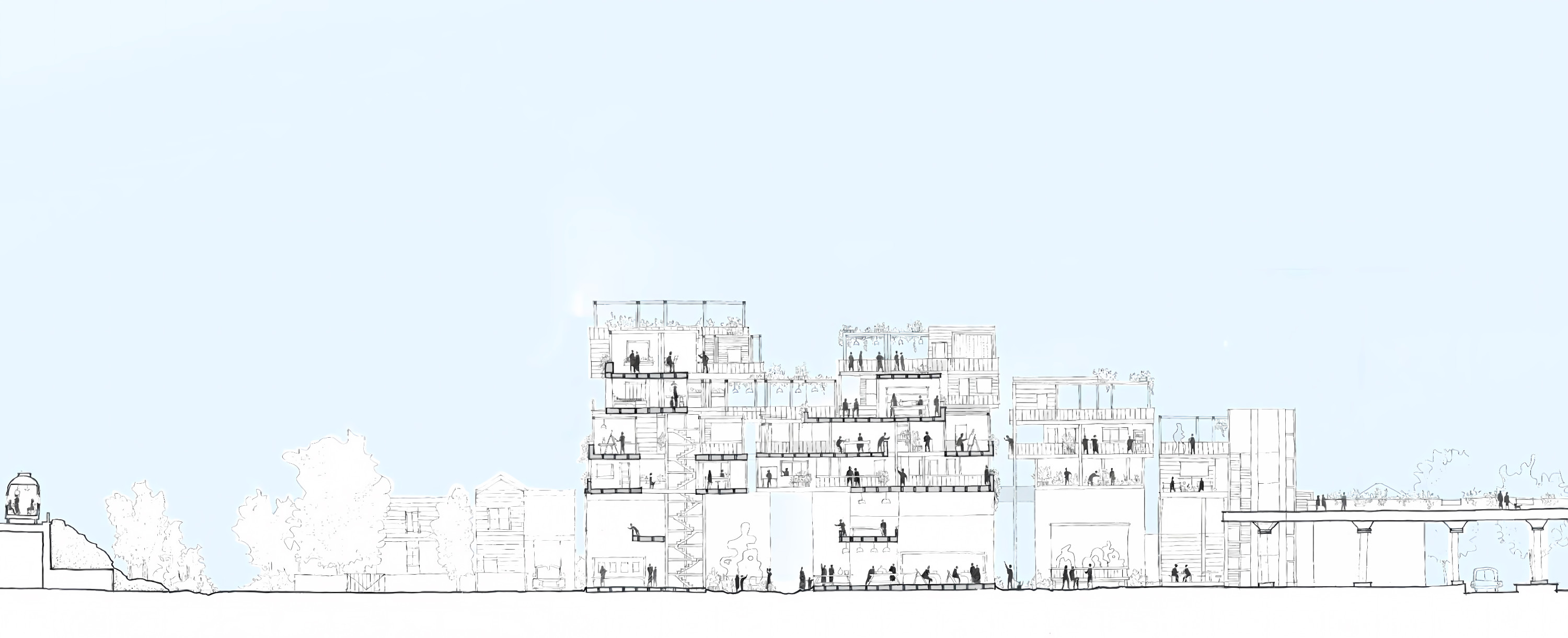Melbourne
| Housing target: | 1,500 homes/year |
| Total housing capacity: | 296,200 |
| Land to build new housing: | 292 MCGs |
More homes in Melbourne
Melbourne is unique amongst inner and middle-LGAs in that it is delivering a singificant supply of homes to meet the city’s housing needs. But Melbourne cannot simply rely on Brownfield redevelopment to meet its targets. The best located land in Melbourne is in areas where it is currently illegal to build. Suburbs such as East Melbourne, Carlton, Parkville and Kensington are close to parks, public transport and schools, and yet Melbourne instead relegates density to some of the most polluted and unpleasant areas of the LGA.
Through broad transit-oriented upzoning and development, Melbourne can deliver housing abundance not just on traffic sewers like Fisherman’s Bend or City Road, but also near Fitzroy Gardens and Royal Park.
In Melbourne missing middle upzoning will have the following effect:
| Height | Number of lots upzoned |
|---|---|
| 6 storeys | 7,481 |
| 4 storeys | 162 |
| 3 storeys | 0 |
| Total | 7,643 |
Housing targets
Even though there are 296,200 total possible units that could be built in Melbourne, it’s impossible for them to be built all at once. It is also not reasonable to assume that all possible units will ever be built, which is why excess zoned capacity is important.
For each lot in Melbourne, we calculated whether it would be profitable to build housing under upzoning. We estimate that there are 268,000 viable units that could be built in Melbourne.
Based off our data, in order to contribute its fair share to the the statewide target of 80,000 new homes per year, Melbourne must build 1,500 units per year.1 This target is in addition to any housing delivered as part of the Arden and Fisherman’s bend.
City of Melbourne is likely to meet or exceed these targets, but these levels are seen as the bare miimum to be delivered as part of any housing strategy.
Planning barriers
While there has been significant housing construction ub Melbourne, restrictive zoning still holds back many areas. Here is the current zoning map for Melbourne:
Increasing zoned capacity in Melbourne by 3.5x, with a focus on density around transport hubs, will enable more homes to be built where people want to live.
Heritage should not be a barrier to housing abundance
Of the 268,000 potentially profitable apartments that could be built in Melbourne, 55% of these potential future homes are on lots subject to heritage controls.
If heritage and neighbourhood character protections in Melbourne are too far-reaching, it could potentially affect Melbourne’s ability to meet its housing targets.
We have outlined potential remedies for this earlier in the report.
